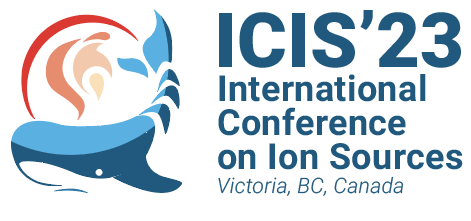Speaker
Description
D-Pace is developing a 13.56 MHz RF ion source capable of producing negative ions (H
The RF ion source is expected to offer a 'maintenance-free' operation compared to a filament ion source due to the absence of any filaments that erode in the plasma. However, the RF ion source is challenged by the erosion of the copper plasma chamber during the operation. This leads to the deposition of copper layers on the plasma-exposed surface of the AlN window. These metal deposits decrease the power coupling from the spiral antenna to the plasma and deteriorate the beam current from the ion source. Different experiments were performed to control the deposition of copper on the dielectric window in an H
The copper deposition can be reduced by maintaining the surface of the dielectric window at high temperatures. Operation of the ion source at high H
| Funding Agency | MITACS |
|---|---|
| I have read the Code of Conduct to attend ICIS2023. | Yes |

